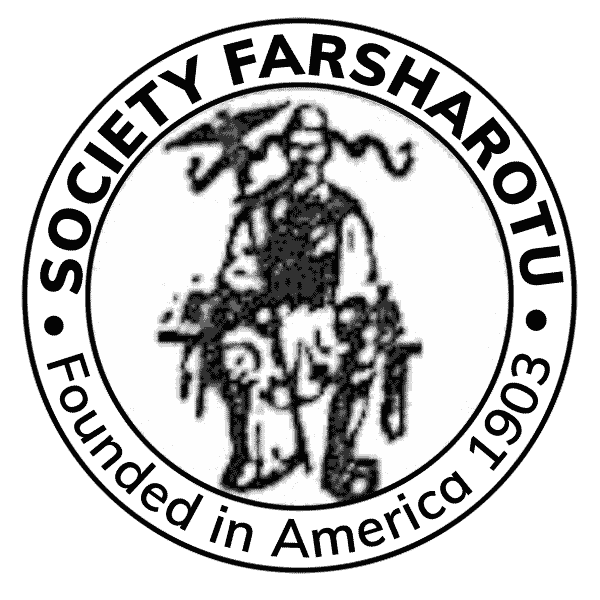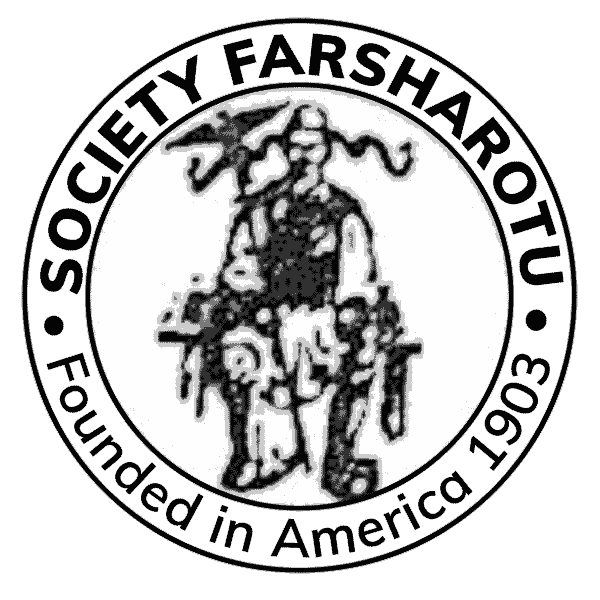Aromanian News: Issue 4

Welcome to our friends and supporters! We enjoy heariing from you, feel free to email us with your comments and ideas for future news items. Thanks and enjoy this issue.
Discovery: A Web Site for Istro-Romanian, A Disappearing Sister Language

While the Latin-based languages of Western Europe (Spanish, French, Portuguese, Italian, and others) are widely known, few people know that there are 4 Latin-based languages in Eastern Europe: Romanian, Aromanian, Istro-Romanian, and Megleno-Romanian. The last 3 are endangered — but while our language, Aromanian, is still spoken by hundreds of thousands, the speakers of Istro-Romanian (western Croatia) and Megleno-Romanian (from Thessaloniki to North Macedonia) are thought to number only in the hundreds. Recently we were surprised to discover an excellent website dedicated to Istro-Romanian, covering its history and examples of the language that will sound very familiar to those of us who grew up hearing Aromanian — for example, there is a feature on the home page entitled “Kum se face?” that describes how various foods and artifacts are made. (In our language, that would be “Cum s’fatsi?”) Check it out at https://www.vlaski-zejanski.com/en/.
Treasures from the Archives: Touring the Vlach Villages of Greece
We don’t know anyone in the US who has traveled as extensively through the Vlach villages of Greece as our own George Moran — in fact, he may have covered more ground than the great English-language scholars of our people Tom Winnifrith, Alan Wace, & Maurice Thompson. In this 1992 masterpiece, Touring the Vlach Villages of Greece, George documents his travels in such detail that the article can easily serve as a Travel Guide for any of us who would like to visit our villages in Greece. We would suggest starting with a virtual tour using George’s itinerary via Google Maps, which now shows an overhead view of these mountain villages in incredible detail. Although much has changed in the 33 years since George wrote this piece, we still don’t know of a better guide in English than this one.
Rep. Maggie Tamposi Goodlander Supports New Hampshire Senate Bid of Rep. Chris Pappas, also of Aromanian Ancestry

As reported in our last issue, newly elected Rep. Maggie Goodlander is a scion of the Tamposi family from the Vlach village of Avdhela, Greece. Of her decision not to run against her fellow Rep. Chris Pappas for an open Senate seat, Goodlander told ABC affiliate WMUR, “Chris Pappas has been an amazing partner to me, in this work and for many years, and I really admire him. I have a lot of confidence in him,” Goodlander said. “He and I come to this work, I think, with a similar set of values. We also have really similar family stories. Our families both came to New Hampshire over 100 years ago from the very same part of northern Greece. And the values that he brings to this work are ones that I really, really admire.”
“The Strange Persistence of First Languages”

We recently ran across a beautiful article in Nautilus magazine entitled “The Strange Persistence of First Languages” by award-winning writer and linguist Julie Sedivy. Julie left the Czech Republic for Canada at the age of 2 and adopted English as her primary language. But when her father died unexpectedly, she began a journey of rediscovery with the Czech language. As she realized, “more is at stake here than the loss of language: there is also the loss of identity.” Many of us in the US have fond early memories of parents and grandparents speaking Aromanian in our households, while we were being schooled in English. In a sense, Sedivy’s story is our story — and the Society Farsharotu is a resource that can help us stay connected with our language and culture and youthful memories of our families.
Thank you for your interest in the Society Farsharotu, the oldest and largest Aromanian cultural organization in the United States. Click here for information on how you can support the Society.
Subscribe to this newsletter to receive our latest updates in your email inbox »



Responses